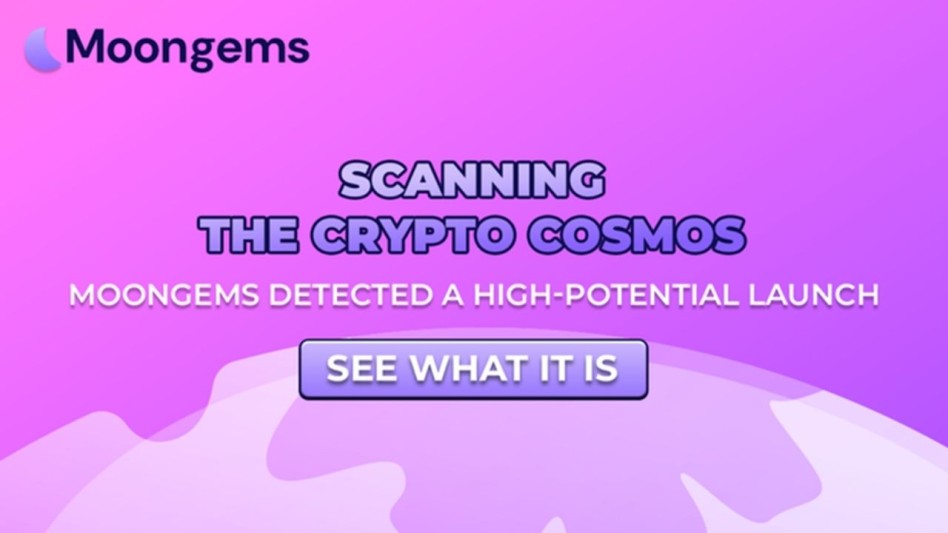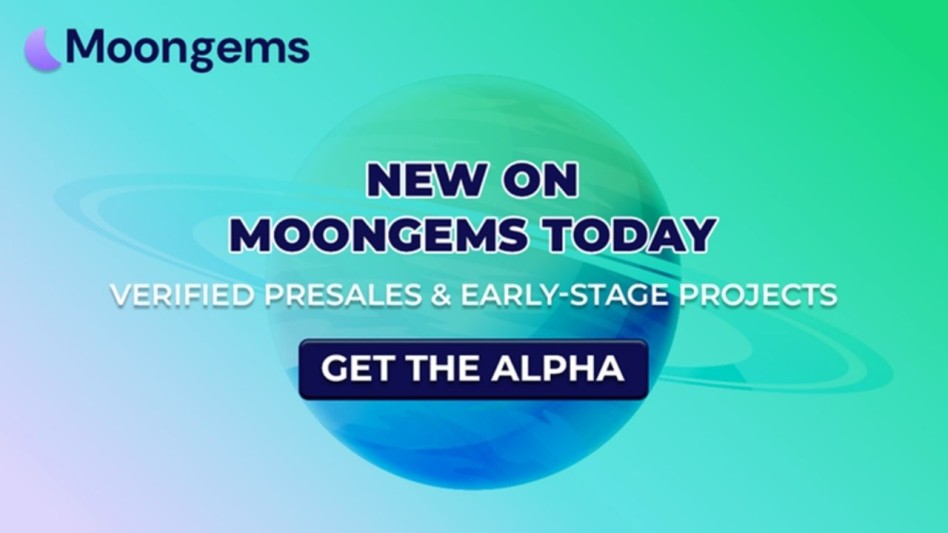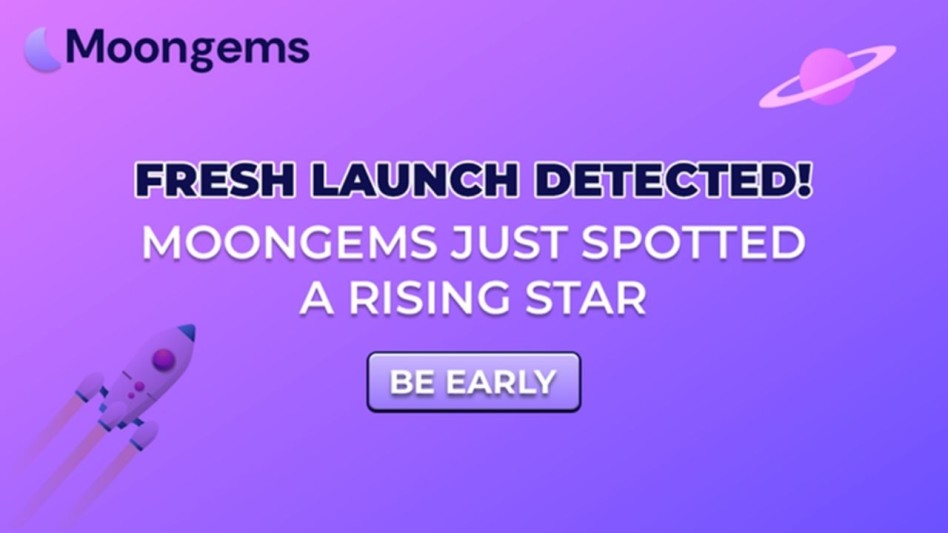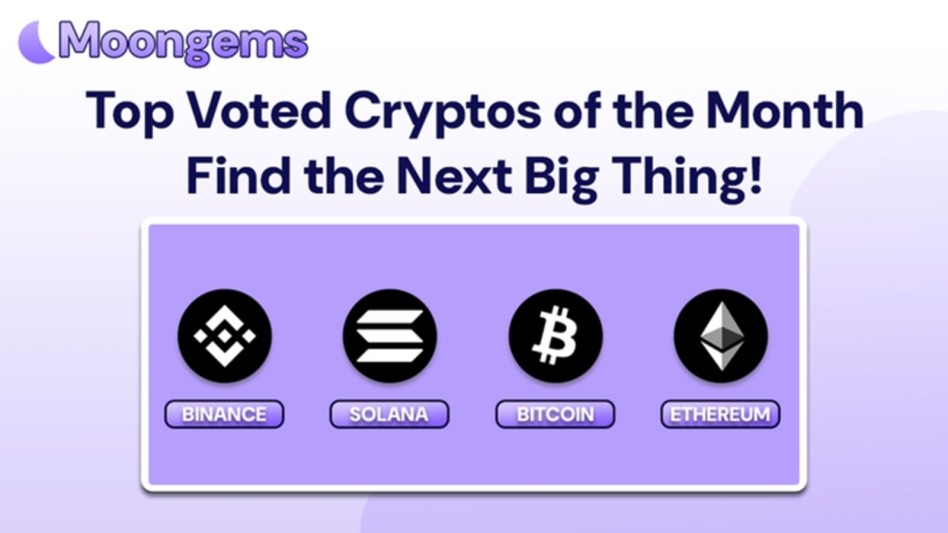Author: Jawad Hussain – Crypto Analyst & Web3 Researcher | 9+ years tracking presales, IDOs, and token launches. Follow him on Twitter and LinkedIn.
Due diligence is your greatest asset in 2025’s red-hot crypto presale environment. For every moonshot token, there are dozens of well-disguised traps. Security features like KYC, smart contract audits, and multisig wallets are often touted on project sites, but too few investors understand what they actually entail. More importantly, even fewer know how to separate genuine protection from hollow promises.
This guide from MoonGems offers a deep dive into these critical presale security layers. Each section goes beyond buzzwords to show how these tools function, where they fall short, and how to use them to make smarter investment decisions.
1. What Is KYC and Why Does It Matter in Presales
KYC (Know Your Customer) is a process where key team members of a crypto project submit official identification documents—such as passports, national IDs, or utility bills—to a trusted third-party verifier. While this doesn't mean their identities are publicly exposed, it does provide a legal paper trail in case of fraud. This creates a level of accountability that can deter scams.
From an investor’s perspective, KYC is a foundational layer of trust. It shows that someone behind the scenes is willing to be held responsible if things go wrong. However, KYC is only as good as the third party overseeing it. Some low-quality “KYC providers” are easily gamed. Always verify the name of the KYC firm and prefer industry leaders like Assure DeFi, SolidProof, or CoinScope. According to Moongems, their participation adds weight to the process and legal consequences in case of misconduct.
Key Benefits of KYC:
KYC adds accountability by making someone legally traceable
This discourages bad actors from launching pump-and-dump schemes. If a rug pull occurs, the KYC firm can release the individuals' identities to law enforcement, allowing victims to pursue legal recourse, especially in jurisdictions with crypto fraud enforcement mechanisms.
It deters serial scammers and identity fakers
Requiring a government ID weeds out many repeat offenders who rely on anonymity. Scammers often recycle fake names and avatars to launch multiple scams. KYC acts as a deterrent since using the same identity across frauds increases the risk of arrest and prosecution.
It signals intent and transparency to investors
A team willing to undergo KYC shows a higher level of professional commitment and future accountability. It's not a perfect safeguard, but it's a strong first filter, especially when combined with doxxing and active community engagement.
Limitations of KYC:
KYC is not always legally enforceable
If the project team is based in a country with weak extradition laws or uncooperative authorities, knowing their identity might not help much. The threat of legal action exists in theory—but execution varies widely across jurisdictions.
Being KYC’d does not guarantee honesty
Just because someone shared their ID doesn’t mean they’ll behave ethically. There are plenty of publicly doxxed scammers in crypto. KYC is a deterrent, not a moral filter.
It’s not the same as full public doxxing
KYC is usually done privately through a provider, which means everyday investors still won’t know the names or faces behind a project unless the team voluntarily goes public. This limits transparency.
2. Understanding Smart Contract Audits
A smart contract audit is a technical review of the blockchain code that powers a token’s core functions, especially things like buying, selling, transferring, and locking tokens. This audit is typically performed by a third-party security firm specializing in identifying vulnerabilities such as bugs, logic flaws, backdoors, or admin privileges that could be exploited post-launch.
In presales, audited contracts are vital. Many rugs happen through hidden code that enables developers to mint unlimited tokens, drain liquidity, or disable transfers. A robust audit uncovers these risks before investor funds are at stake. The best audits are published in full, complete with a risk summary, severity levels, and confirmation that fixes were implemented. Always ask for the final audit report link, not just a claim on the project homepage.
Key Benefits of Smart Contract Audits:
They identify exploitable bugs before launch
From reentrancy attacks to privilege escalation, many of crypto’s biggest exploits could have been avoided with proper auditing. Having an audit greatly reduces the chance of catastrophic technical failure or manipulation.
They promote transparency and developer accountability
Publishing an audit publicly forces developers to fix issues before launch, or risk public backlash. It also allows the community to see whether best practices were followed in writing the code.
They signal professionalism and technical rigor
Having an audit from a top-tier firm (like Certik, Hacken, or PeckShield) tells investors the team took security seriously. This improves investor confidence and may even impact presale fundraising success.
Limitations of Audits:
Not all audits are created equal
Some low-budget projects hire unknown firms that provide superficial reviews or automated scans, not deep manual assessments. These audits often miss critical flaws and offer a false sense of security.
One audit doesn’t cover future changes
If the project updates its code after the audit, the new version might contain vulnerabilities. That’s why some top teams conduct multiple audits across the project lifecycle or implement ongoing bug bounty programs.
The effectiveness relies on devs fixing reported issues
Auditors only point out risks. It’s up to the dev team to actually implement the recommended fixes. Many don’t—and some audits explicitly state this. If the final audit mentions “unresolved critical issues,” that’s a huge red flag.
3. What Multisig Wallets Actually Do
A multi-signature wallet, or “multisig,” requires multiple parties to approve a transaction before it can be executed. Instead of one person having sole control over a project’s funds, a multi-signature structure might require two out of three (or more) authorized parties to approve any withdrawal or transfer. This structure significantly reduces the risk of rug pulls, fund mismanagement, and insider theft.
Multisig setups are especially important for presales and community treasuries. They prevent any one team member from going rogue with the entire wallet. Ideally, the signers should include at least one trusted third party (like a launchpad or DAO member) to prevent internal collusion. The most trusted multisig tools are platforms like Gnosis Safe, which are battle-tested and transparent.
Key Benefits of Multisig Wallets:
They prevent one person from draining all the funds
With multisig, no single team member can unilaterally move investor money. This significantly lowers the risk of internal theft or emotional decision-making during market crashes.
They promote team collaboration and decentralised control
Multisig structures distribute responsibility across team members or community representatives, encouraging a governance-driven model. This aligns with Web3’s ideals of transparency and collective action.
They create a paper trail and enforce transparency
Most multisig setups on Gnosis or similar platforms have public transaction logs. This allows investors to see how treasury funds are being used and hold teams accountable.
Limitations of Multisig:
The signers can still collude
If all signers are part of the core team or personal friends, multisig offers little real protection. Always ask who controls the keys and whether an independent party is involved.
Multisig can slow down urgent decisions
While this adds security, it can also hinder fast action. For example, if a critical exploit requires immediate treasury movement, waiting on multiple signatures can delay response time.
The setup is often opaque to the public
Some teams claim to use multisig but don’t reveal the wallet address or transaction logs. Without proof, you’re taking them at their word, which in crypto is rarely enough.
Conclusion: Security Isn’t Optional—It’s Essential
In crypto presales, security is your first line of defense. While no system is foolproof, understanding the role of KYC, smart contract audits, and multisig wallets gives you a serious edge as an investor.
Presales that lack these safeguards are waving red flags—even if their marketing is slick and their influencers are loud. Remember: a legitimate project has nothing to hide and everything to gain from building trust. Your job is to demand that trust is earned, not just claimed.
MoonGems takeaway: “Hype can make you greedy. Security will keep you grounded.” Only invest in projects that check the security boxes. Your capital—and peace of mind—depend on it.
Frequently Asked Questions (FAQs)
- Does KYC guarantee that a project won’t rug pull?
No, KYC does not guarantee safety. It simply makes it easier to identify the team members in case of fraud. If the KYC provider is credible, the risk of malicious exit scams is reduced—but not eliminated. KYC should be considered a basic security layer, not an all-encompassing shield. - What’s the difference between an audit and a security review?
An audit is a formal, often extensive, line-by-line review of smart contract code by a third-party security firm. A "security review" might be lighter or internal. Only rely on publicly published, third-party audits with specific findings and implementation statuses. - How do I verify a project is using a multisig wallet?
Ask for the wallet address and verify it on-chain using platforms like Gnosis Safe or Etherscan. You can see how many signers are required and whether transactions are pending or executed. Transparency is key—if they can’t share the address, treat it as a red flag. - Is one audit enough to trust a presale?
One audit is better than none, but it's not foolproof. Look for the audit date, whether any high-risk findings were resolved, and whether code has changed since the audit. The more audits from reputable firms, the better your risk profile. - What if a presale has no KYC, no audit, and no multisig?
Avoid it. Even if the project promises huge returns, it’s structurally insecure. You’re essentially gambling—not investing. MoonGems strongly advises against participating in presales lacking all three of these security pillars.
Glossary of Key Terms
KYC (Know Your Customer):
A process that verifies the identity of team members or users via government-issued IDs. Helps increase legal accountability in crypto projects.
Smart Contract Audit:
A third-party review of a token's smart contract code to identify vulnerabilities, logic flaws, or backdoors before a public launch.
Multisig Wallet:
A wallet that requires multiple private key signatures to authorize a transaction. Used to secure treasury funds and prevent single-point control.
Rug Pull:
A type of crypto scam where developers suddenly withdraw all liquidity or investor funds, abandoning the project.
Treasury:
The total pool of capital controlled by the project team, often used for operations, liquidity, and ecosystem growth. Should be transparently managed.
Disclaimer
This content is for educational purposes only and does not constitute investment advice. Cryptocurrency staking and presale participation carry inherent risks, including total capital loss. Always conduct your own research (DYOR) and consult a licensed advisor before making financial decisions.












